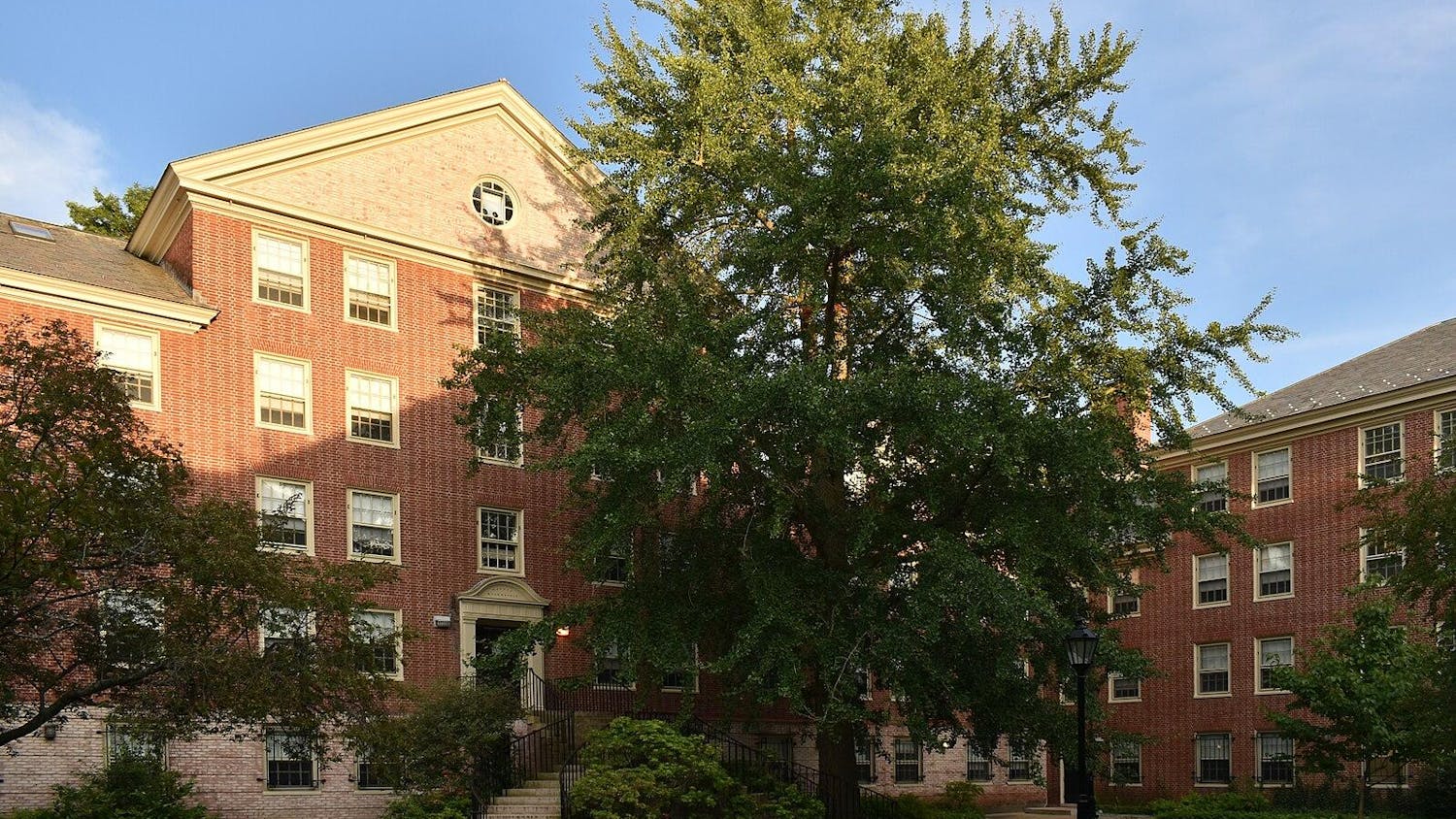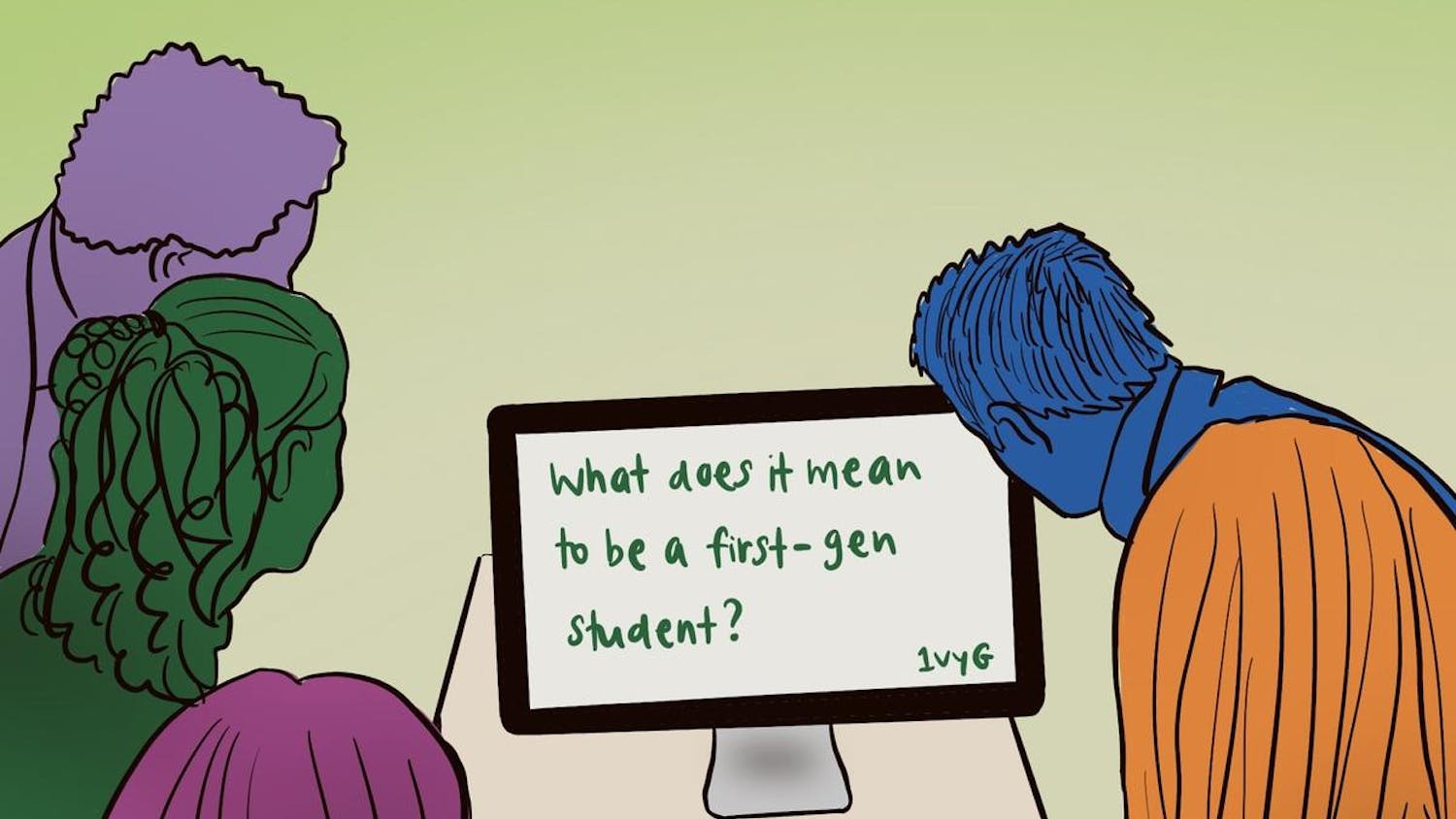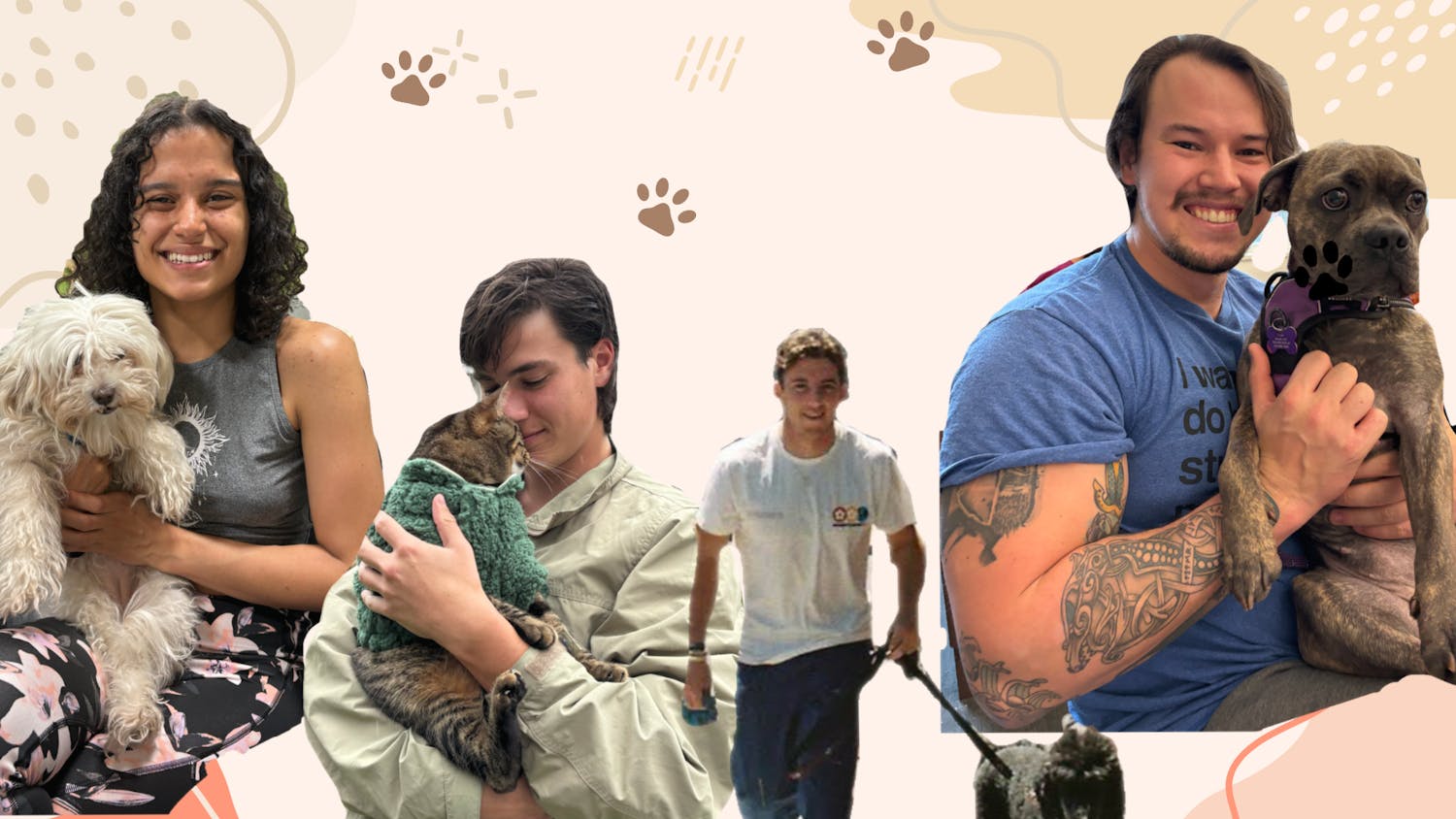Though the University has made efforts to increase support for the growing Hispanic undergraduate population, students, faculty and administrators still feel that issues remain.
The Office of Institutional Diversity and the Office of the Dean of the College hired a consultant in spring 2009 to conduct conversations with students, staff and faculty to learn about the experience of Hispanic undergrads at Brown, according to Maitrayee Bhattacharyya, associate dean for diversity programs.
"We are interested in understanding the experiences of all of our students and what we can do to support students having the best overall experience at Brown," Bhattacharyya wrote in an email to The Herald.
The University hoped to gain a better understanding of the Hispanic experience at Brown because of the increase in the University's Hispanic student population over the past decade, Bhattacharyya wrote. In the 1988-89 academic year, there were 337 undergrads who identified as Hispanic, according to the Office of Institutional Research. Last year, that number had increased to 550, a 63 percent increase in 21 years.
The University also felt there was a need to help Hispanic students who were struggling academically.
"We were having a sense that some of our students were not doing as well as they could," said Cynthia Garcia Coll, professor of education. "The question was, were we failing to provide some supports that are needed?"
With information gathered from the consultant, the University has begun working on initiatives to improve the experience of the Hispanic student population, according to Bhattacharyya. These initiatives include amplifying efforts to recognize the varying academic skill sets and personal circumstances of incoming students, establishing a stronger advising program and increasing communication with students about the University's resources.
The consultant recommended a system to provide immediate supplementary financial support to students who need assistance closing modest gaps in their financial situations, Bhattacharyya wrote. The Office of Campus Life and Student Services is currently working on establishing such a system.
‘A rare breed'
For Garcia Coll, the lack of Hispanic faculty at Brown is "pathetic."
Out of 682 faculty members, 20 are listed as Hispanic on the Office of the Dean of the Faculty website. This 2.9 percent is lower than the national average of Hispanic faculty in private four-year institutions — 3.2 percent — according to the National Center for Education Statistics.
"We feel like a rare breed," Garcia Coll said.
Evelyn Hu-DeHart, professor of history and director of the Center for the Study of Race and Ethnicity in America, also said she believed there is a need for more Hispanic faculty. The University needs to be clear on its definition of Hispanic because it is unclear if those 20 faculty members self-identify as Hispanic, she said.
"I think the University has a responsibility when they claim there are 20 to make sure that the 20 are meaningful, because we stake a claim on diversity these days in higher ed — that it is an educational asset and that we benefit in higher ed when there's diversity," Hu-Dehart said.
Students have complained to Garcia Coll about the small number of Hispanic faculty members, she said. During Puerto Rican Heritage Week in March, a student told her she felt she could not learn about her Puerto Rican history, because there is no Hispanic professor in the history department who can teach it.
"We're nowhere to be seen in the curriculum except for some very specialized things," Garcia Coll said.
Ana-Irma Patete '13, president of Machado House, also said she has noticed the lack of Hispanic faculty. "We need more Latinos in academia," Patete said. "It would be nice to find more of our people in our faculty."
But Hispanic staff and faculty are very supportive of one another, said Maria Suarez, associate dean of student life. Though she said she feels the University needs more diversity, she added she will sometimes "look at quality over quantity," Suarez said.
Overcoming challenges
Students and administrators also agree there needs to be a strong advising system for Hispanic students because their college experiences tend to be different than those of other ethnicities.
There is a divide between the Hispanics who come from middle-class, second- and third-generation homes and the Hispanics who are some of the first in their families to go to college, and the University needs to address that gap, Garcia Coll said.
"They are sitting side by side and expected to perform at the same level as everybody else, when they haven't had the tools to do that," she said of first-generation Hispanic students.
Mercedes Domenech, associate dean of medicine, minority recruitment and retention, has seen Hispanic applications rise immensely since she started in 1988. Her first year, the University received 547 applications from students who identified as Hispanic. This year, there were 2,963 Hispanic applicants, a 442 percent increase.
She sees cautiousness among Hispanic students when she recruits in communities that rarely send students to Brown, she said. "You have to go where everyone goes, and then you have to go where no one goes" when recruiting, she said. "Talent is everywhere."
"That's what education is all about — giving people the chance," she said.
Part of the discrepancy has to do with the differences in culture, Patete said. Some Hispanic students feel they are not capable of being successful because of their backgrounds, she said.
"If you got into Brown, there's no reason why you can't graduate other than insecurities," she said.
Patete has also noticed there is some self-segregation in the Hispanic community. Though she said she finds self-segregation to be natural, she still thinks opening up to other groups would be better for all involved.
"I think it's important for the Latino community to show solidarity but not to alienate," she said.
Looking ahead
Students have been working with administrators to find solutions to these issues. Holly Doerflinger '13 has informally met with administrators this semester about improving Hispanic student retention, hiring a Hispanic dean and increasing support for the Hispanic student population.
"Right now, it's such a crucial time" because the Third World Center is in the process of hiring a new director, Doerflinger said.
Through her conversations with various deans, she and other members of the Brown University Latino Council, a student group, have thrown around ideas that she hopes will eventually become a set of recommendations for the University.
Patete said it is the duty of the Hispanic students to fix problems they see. Students need to start a dialogue within the community about how to improve support for Hispanic students, but they should also be confident in their abilities to succeed academically, she added.
"We need to be confident because we deserved it, not because of our race," she said.
Because the students are part of the University, they have every right to give opinions about what they feel needs to be changed, Garcia Coll said. "There's nothing like students organizing and standing up and giving a good rationale for why things should change."
With the Hispanic population in the United States continuing to grow, Garcia Coll said improvements in the Hispanic undergrad experience will be good for the University.
"As I say," she said, "it's not a coincidence that our ATMs are in English and Spanish."




